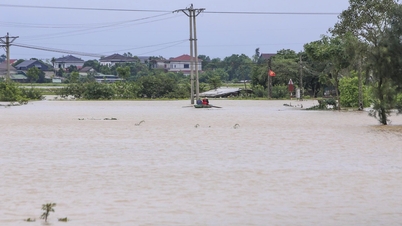This marine fish species, recently "extinct due to humans," with the scientific name Urolophus javanicus, is commonly known as the Java stingray or Java ray.
This species, roughly the size of a plate, was first identified from a specimen at a Jakarta fish market in 1862.
The Javan stingray is believed to live on the northern coast of the Java Sea, particularly Jakarta Bay, Indonesia. However, the impact of rapid industrialization has led to severe habitat imbalance and degradation in this area. These impacts are considered "severe enough to unfortunately cause the extinction of this species."
"Intensive and unregulated fishing could pose a major threat leading to a decline in Javan stingray populations," the IUCN report stated.
Not only Javan stingrays or marine fish in general, but the decline of aquatic species in all environments is happening exactly as scientists predicted. A number of freshwater fish are also teetering on the brink of extinction according to current lists.
According to the update, a quarter of all freshwater fish species are now classified as "endangered," with 20% directly affected by climate change.
Science Alert quoted Kathy Hughes, co-chair of the Freshwater Fish Expert Group of the Species Survival Commission (SSC) of the IUCN, as saying that freshwater fish now account for more than half of the world's known fish species, a baffling diversity considering that freshwater ecosystems only make up 1% of aquatic habitats.
These diverse species are indispensable to the ecosystem and crucial to its overall resilience; their extinction could have devastating consequences.
Minh Hoa (compiled from Dan Tri and Nguoi Lao Dong newspapers)
Source





![[Image] Close-up of the newly discovered "sacred road" at My Son Sanctuary](/_next/image?url=https%3A%2F%2Fvphoto.vietnam.vn%2Fthumb%2F1200x675%2Fvietnam%2Fresource%2FIMAGE%2F2025%2F12%2F13%2F1765587881240_ndo_br_ms5-jpg.webp&w=3840&q=75)













































































































Comment (0)